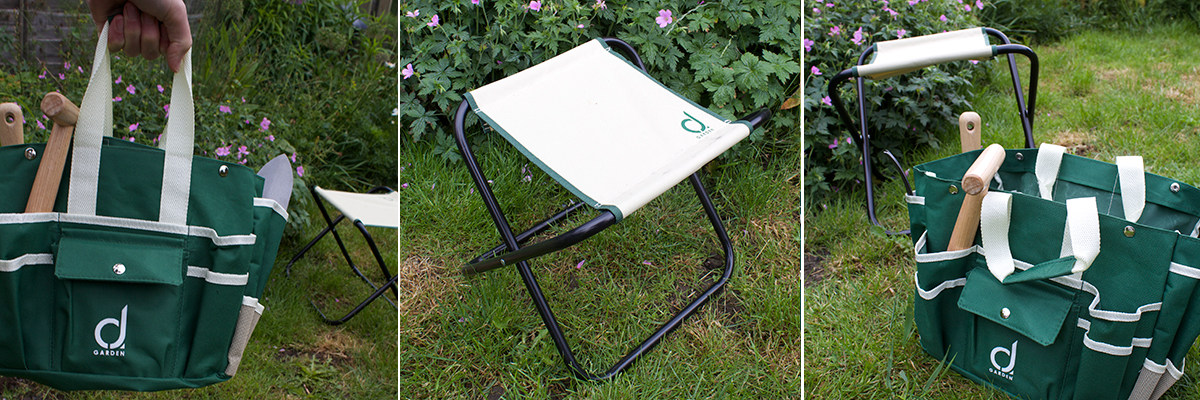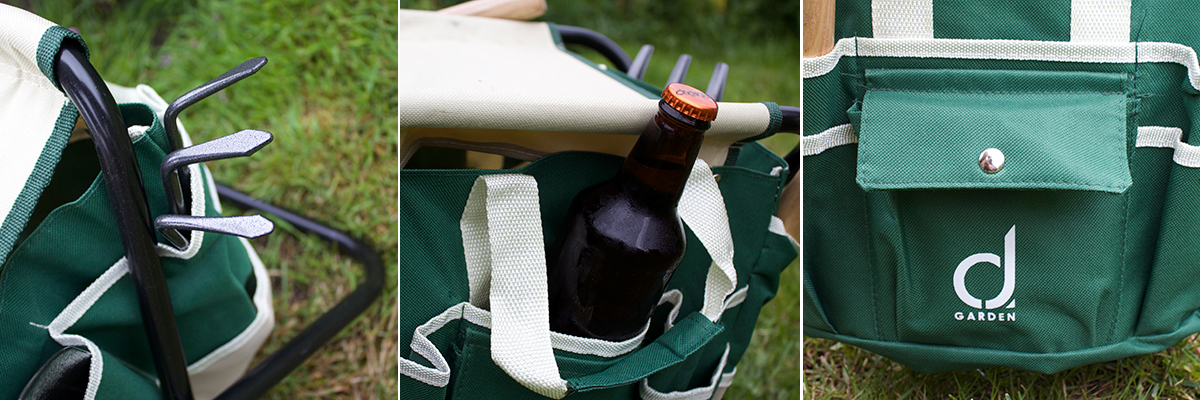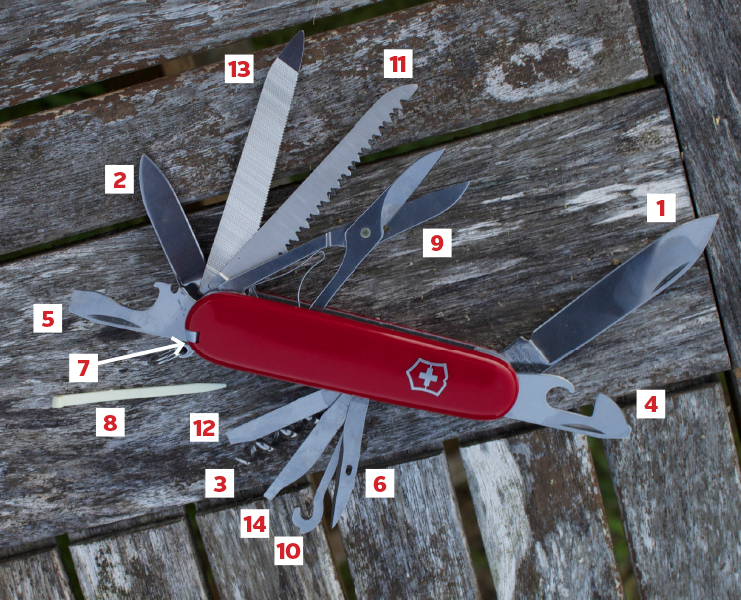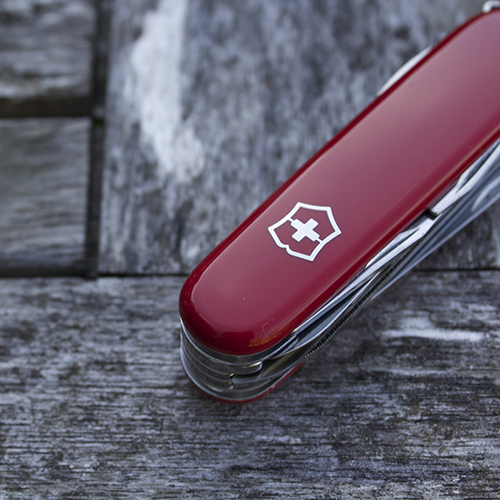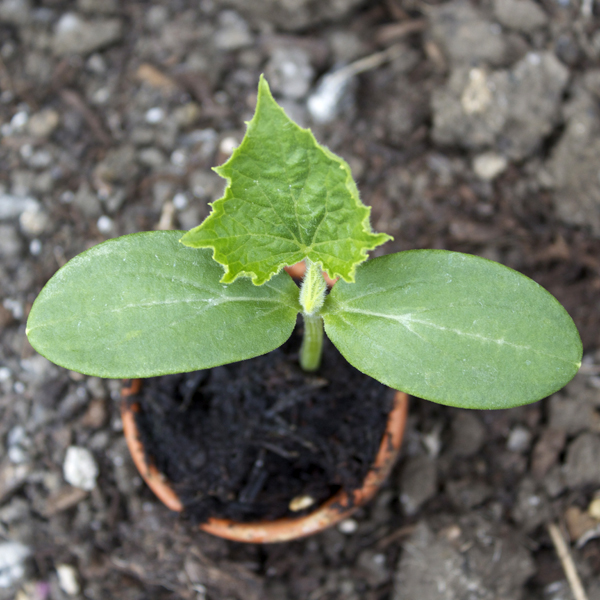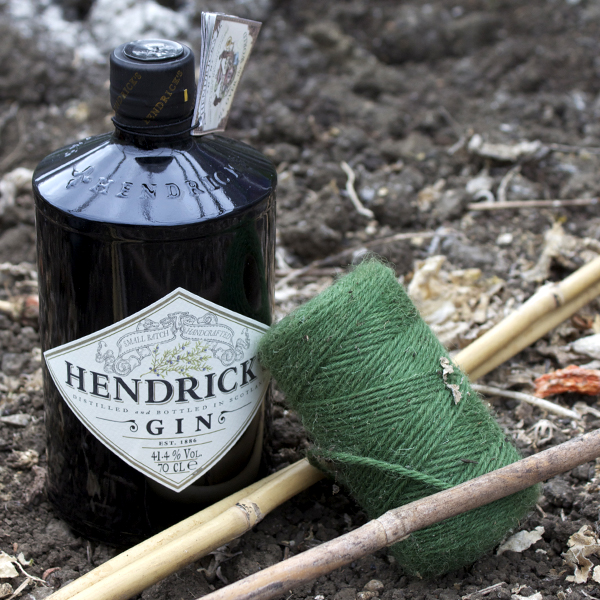Our day-to-day gardening and allotment duties usually involves low-level maintenance of low level plants. The loftiest structures we have to deal with are the four year old apple trees that stand at a manageable 7 ft high and require little maintenance other than winter pruning and the plucking of fruits in the autumn. There comes a time, however, when all gardeners are confronted with larger arboreal tasks. Maybe a neighbouring tree needs a few minor adjustments (see below), or maybe that nice old lady down the road has asked you for a ‘little bit of help’ in trimming her 50 ft Leylandii.
There’s a large hawthorn on our allotment that has started to encroach on our magnificent, recently installed ‘hop dome’, and Nicks sawing fingers have started to get all twitchy. Before unleashing him and his frightening array of wood torturing equipment upon the poor unsuspecting tree, we hoist a few questions up to Ian Flatters of Target Trees for a spot of professional advice. Forewarned is forearmed, as they say…
Talk us through the process of felling and removing a large tree…
Firstly, how much room have you got on this page? In order to not bore you and send you to sleep I will keep this as simple as possible as all trees and sites are different and need to be assessed before hand. If it is safe to do so most arborists will fell the tree and process it on the ground. This is normally the safest option. If, because of space and size restrictions you cannot fell the tree, then its on with the ropes and harnesses before we start sectional dismantling the tree. For this we use ropes and a harness (along with all the Personal Protective Equipment to make us look like power rangers). Once we are up the tree we can see if it needs the use of rigging equipment to lower branches and sections of timber into our work area safely. After repeating this process, between bursts of clearing away the fallen debris, we either chip up the branches or load the timber onto our vehicles with the help of our Skid Steer. Once all the materials are down it is a simple clean up job on site, leaving it as tidy and clean as possible using very powerful blowers and the good old fork and rake.
If I needed to lop branches from a medium sized tree, what is the best way to approach the task without ending up in A&E?
The safest way is to get an arborist to do it. Why take the risk of spending time in A&E, when you can sit back and watch grown adults climb trees like squirrels! It is important to remember that looks can be deceiving and that a branch that appears small/medium in the air can be a lot bigger when felled on the ground, it is surprising how much material and weight can come off a single branch. That is why it is best to get the advice from a trained arborist as taking limbs off trees can destabilise them and impair their health.
Many of the big chainsaw firms are developing high powered, battery-operated machines. How do the current models compare to their petrol driven cousins?
They are actually very good especially the professional arborist top handled saws. Unfortunately the bigger end of our chainsaw arsenal in the industry hasn’t any battery equivalents yet, but I am excited for when they do!
And is there any room in today’s arborist armoury for the humble axe?
There is! Mostly for hammering in wedges when in the final process of felling a tree and to feel all ‘Lumberjack’ like. Also for splitting wood, nothing feels quite like the satisfaction of throwing that split log onto the fire which had hit you in the shins earlier!
What’s the best way to kill off a tree stump?
Ecoplugs are a safe way to kill off stumps as you don’t need to handle any chemicals, just drill the holes as directed and tap in the plug which then releases the chemical deep within the root.
Is there such as thing as ‘too much PPE’?*
The way I see it is, if your wearing it and something happens then it could be the difference between going home or going to A&E. Chainsaws are dangerous enough and when using them frequently they can cause some long term effects if you don’t protect yourself properly. We also work in some very tall trees anywhere from 20-80 meters, so good PPE, training, knowledge, attitude, knowledge on the tree, climbing equipment and your saws is extremely important.
Do arborists relish extreme, windy weather spells like the recently destructive Storm Doris?
Doris was a very damaging storm compared to the ones the previous year. Don’t get me wrong there is nothing like working out how to remove large, dangerous and partially collapsed trees, but when it is 10pm at night and your working under floodlight it can be very stressful with lots of emergency calls. We were working around the clock 7 days.
What’s your favourite tree?
Paulownia tomentosa – foxglove tree
For me it’s the flower it produces, on a semi-mature tree upwards its truly mesmerising to watch dance in the wind. It normally flowers in the first week of May.
And your least favourite to deal with?
Kapok – Ceiba pentandra
I was fortunate to go on an expedition with Canopy Spirit to The Gambia, whilst there we climbed one of the tallest trees in West Africa. These Kapok trees were vast with some of the largest stems at 80 ft I’d ever seen. The tree was 179 ft high and pretty much everything was covered in large rose-type thorns – more than a few words were said in anger during that afternoons climb.
Finally, do you have any amusing tree felling anecdotes you’d like to share?
Recently I was carrying out a light crown reduction in the centre of Norwich. A cyclist was so focused on what I was doing that she unfortunately cycled straight into the kerb and fell off! Thankfully the only damage sustained was purely from embarrassment.
-+-+-+-+-+-+-+-+
Live in Norfolk? Need a professional arborist? Best call Target Trees
-+-+-+-+-+-+-+-+
* We’re PPE to the max. Ask Nick to chop some kindling for the fire and he’ll emerge from the shed looking like Gregor Clegane
The post Arb talk with Target Trees appeared first on Two Thirsty Gardeners.
from Two Thirsty Gardeners http://twothirstygardeners.co.uk/2017/05/arb-talk-target-trees/
